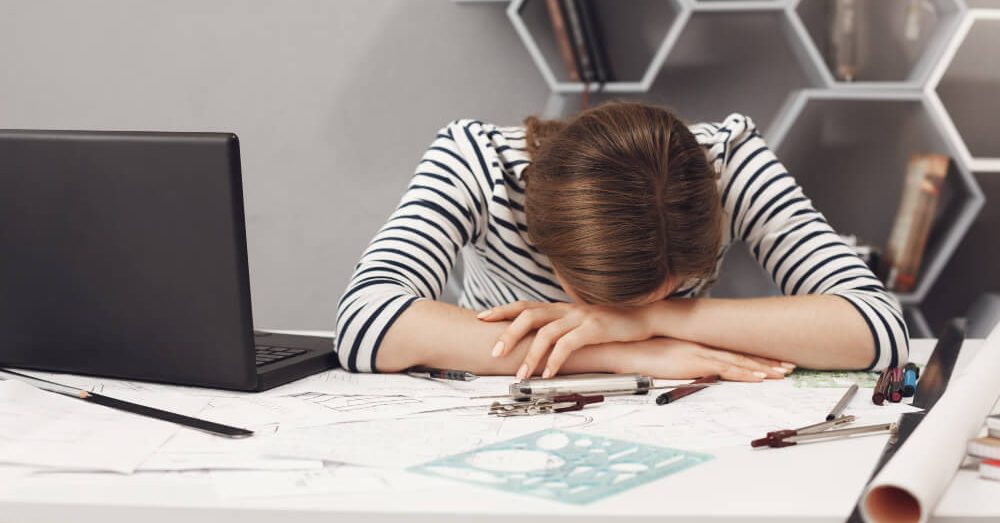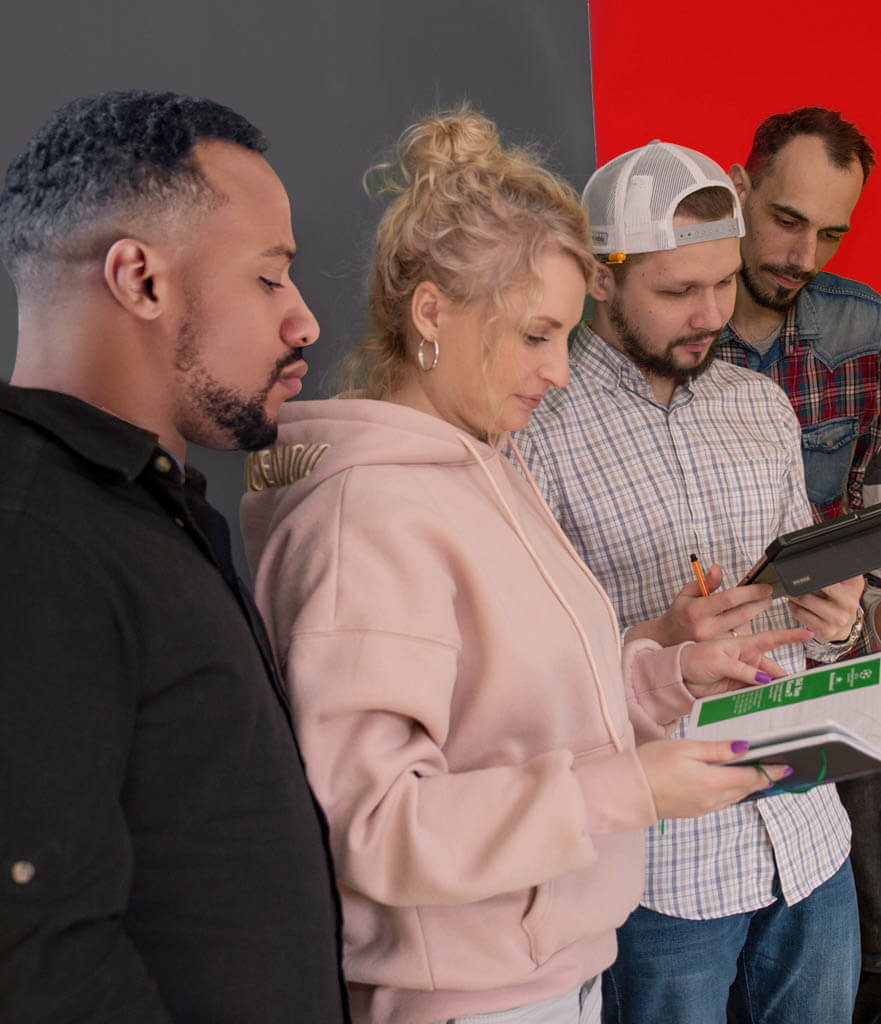6 effective Methods to solve design problems

Design problems are an essential part of any creative process, no matter if you’re designing a website, a product, or even a marketing campaign. These problems can range from minor challenges to major roadblocks that hinder progress.
Finding effective methods to solve design problems is crucial for maintaining the flow of your project and ensuring a successful outcome. In this article, we will explore six proven methods that designers can employ to overcome design problems and create innovative solutions.
Introduction
Designers can’t always rely on their own imagination when creating design projects. There is a possibility of inhibition of creative thinking in the search for new solutions and there are periods of decline in creative flight.
In order to maintain inventive activity, specialists use various methods of solving design problems. Let’s consider some design methods:
- The “inversion” method.
- The method of an imaginary subject and fantastic assumptions.
- The method for decomposing a general task into fragmentary actions.
- The “borrowing” method.
- The method of attributing unusual properties to a projected object.
- The “interpretation” method.
The "inversion" method
This method allows you to overcome the deadlock in the design by changing the angle of view of the object being developed. For example, consider an office not from the position of employees, but from the point of view of a delegation, a control service.
The method allows you to change the focus from the functionality of the subject to the perception of an artistic image. A new look at the object will help to get rid of stereotypes of thinking ability and open access to fresh ideas.
The method of the imaginary subject and fantastic assumptions
A look at the projected structure through the eyes of a conditional character will allow you to get out of the creative impasse. The method works good if you imagine fabulous or fantastic conditions. For example, gardens in the ocean or an inverted world.
On the other hand, the author imagines himself to be a conditionally chosen character, for example, Emelya on the stove from a Russian folk tale. The mental idea that the cleaning of the house takes place “at the behest of the pike” gives rise to new bold ideas.
So robot vacuum cleaners, self-cleaning ovens, dishwashers were created.
A method for decomposing a general task into fragmentary actions
Disassemble the general image of the project into its constituent fragments and include a game of imagination with each “link”.
Next, you need to connect the formative elements in a chain to get a single program of design activities in a well-thought-out sequence that will lead to the integrity of a given design.
Borrowing method
Borrowing forms from nature is a common method of designers and creators. A helicopter was created from the image of a dragonfly and a hummingbird. An airplane wing is a prototype of a bird wing.
A flying star, a frozen sound wave, a flowing river. And many other ideas borrowed from nature or its phenomena have become the image of many projects.
There is another technique of borrowing other people’s ideas. For example, the ideas of science fiction writers became reality after a while:
- – submarine;
- – smart home;
- – unmanned transport;
- – balloon.
A method of attributing unusual properties to a projected object
This method allows you to create a certain shape from a material that is unusual in its properties. This is how liquid glass, a liquid crystal screen, liquid fire, a glass elevator, and an epoxy table top appeared.
The "interpretation" method
This method suggests impersonating yourself with another master, interpreting the task in an unexpected way, for example, in the method and style of the famous designer.
Techniques for solving design problems develop flexibility of thinking and the ability to give the world of feelings a material form. You can find many other methods that are used in projects, but there is no recipe for creativity.
Conclusion
To achieve the goal, the authors link into a single whole a multiplicity of design and artistic factors, methods, intuitive and emotional perception. After an objective detailed analysis comes insight, inspiration, a clear vision of the final result.
Thanks to the unconventional thinking and the flight of imagination of designers, real miracles appear in the world.
Search Blog
Categories
- Analytics(16)
- Android Development(1)
- Apps development(1)
- Branding(32)
- Branding solution(20)
- Business(20)
- Construction marketing(2)
- Design(12)
- Design and creative(15)
- Digital solution(14)
- Facebook(4)
- Google Ads(6)
- Graphics(9)
- Instagram(8)
- Marketing research(15)
- Marketing solution(20)
- Marketing strategy(23)
- PPC(9)
- SEO(12)
- SMM(18)
- Social media marketing(12)
- TikTok(5)
- Uncategorized(7)
- Video content(4)
- Video production(4)
- Web Design(4)
- Web Development(6)
- YouTube(3)
Categories
- Branding solution (2)
- Brand identity
- Brandbook
- Design and creative (2)
- Graphic design
- Illustration
- Marketing solution (4)
- Marketing
- Marketing research
- Marketing strategy
- Mystery shopping
- Didgital solution(4)
- Google, Facebook ADS
- Search Engine Optimisation
- Website development
- Digital marketing
- Social media marketing(5)
- Facebook marketing
- Instagram marketing
- LinkedIn marketing
- Complex SMM
- TikTok Marketing
- Video production(4)
- Short video production
- Video animation
- Video presentation
- YouTube Marketing
Our Top Articles
Recent Posts
- How CMCG Marketing Agency Helps Grow HVAC Businesses October 24, 2024
- Marketing Solutions for HVAC Companies September 13, 2024
- Working with Negativity on Social Media October 3, 2023
- The Difference Between Rebranding and Redesign October 2, 2023
- Font Marketing Development: The Power of Typography in Branding and Design September 28, 2023
Popular Tags
Advertising Analytics Artificial intelligence brand Brand book Brand identity Brand management Brand platform Brand positioning Brand recognition Brand visibility Content marketing Customer Journey Map Customer segmentation Digital advertising Digital marketing Facebook Google Ads Graphic design Influencer marketing Instagram Instagram post Landing page Logo design Marketing Marketing agency Marketing efficiency Marketing funnel Marketing strategy Native advertising Pack design PPC Reels SEO Short videos SMM Social Media Social Media Marketing SWOT analysis Target audience TikTok Tone of voice Website Website development YouTube

